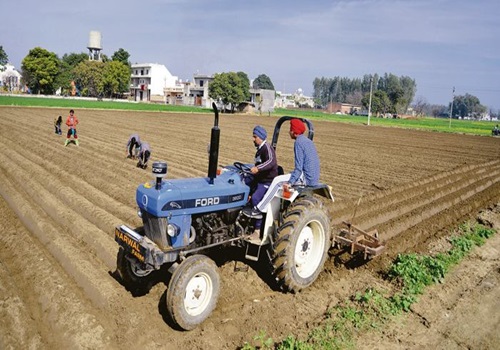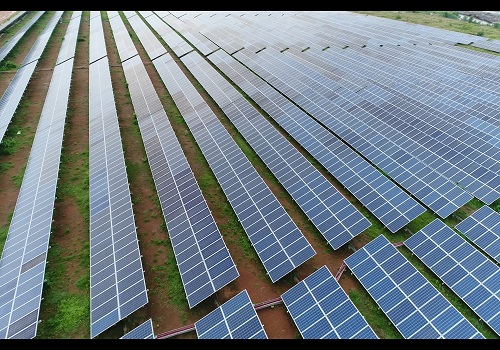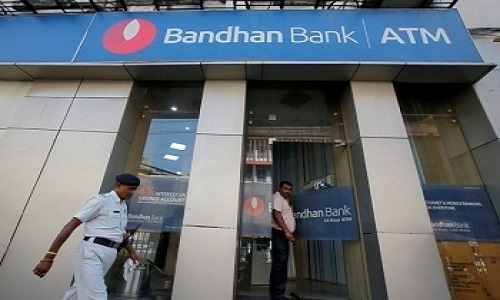Agricultural sector is bedrock of nation`s economy

The India Economy Review prepared by the Ministry of Finance said that the agricultural sector -- which is estimated to constitute 18 per cent of India's GVA in FY24 -- is the bedrock of nation's economy.
The report said that the total food grains production for FY23 was 329.7 million tonnes, marking a rise of 14.1 million tonnes compared to the previous year.
“The average food grain production per year in million tonnes was 289 in FY15 to FY23, compared to 233 in FY05 to FY14. Rice, wheat, pulses, Nutri/coarse cereals, and oilseeds witnessed record increases in production,” the report said.
It said that India's global dominance extends across agricultural commodities, making it the largest producer of milk, pulses, and spices worldwide.
“India ranks second-largest producer of fruits, vegetables, tea, farmed fish, sugarcane, wheat, rice, cotton, and sugar,” it said.
The report said that the improved performance is also reflected in a substantial surge in agriculture exports, reaching 24.2 lakh crore in FY23, surpassing the previous year's records.
The Economy Review said that despite challenges posed by the global health crisis and variability in climate conditions, the sector has demonstrated remarkable tenacity and resilience, contributing significantly to India's economic recovery and development.
“The sector grew at a higher average annual rate of 3.7 per cent from FY15 to FY23 compared to 3.4 per cent from FY05 to FY14. For the year FY23, the sector grew at 4.0 per cent as compared to the previous year,” the report said.
It said that given opportunities and an appropriate policy setting, the farmers have demonstrated their capability to meet food demand of the rest of the world.
It said that the government has implemented several strategic measures to bolster the agriculture sector's growth and resilience.
“One notable intervention is the consistent increase in Minimum Support Prices (MSPs) for 22 Kharif and Rabi crops,” the report said.
It said that since the agricultural year 2018-19, the government has ensured a minimum of 50 per cent margin over the all-India weighted average cost of production for each crop covered under MSP.
“This price support also aims to reduce India's import dependence and foster diversification towards pulses, oil, and commercial crops,” the report said.
It said that the highest increase in MSP was approved for lentils (masur) at 2425 per quintal, followed by rapeseed and mustard at 2200 per quintal in 2023-24.
The report said that the policy initiatives, such as Pradhan Mantri Kisan Maandhan Yojana (PM-KMY), Pradhan Mantri Kisan Samman Nidhi (PM-KISAN), and Pradhan Mantri Fasal Bima Yojana (PMFBY), have played a pivotal role in providing financial and income support to farmers.
The review said that the PM-KISAN, launched in 2019, supplements the financial needs of landholding farmers by transferring 26,000 per year in three equal four-monthly instalments.
“As of December 12, 2023, over 2.8 lakh crore have been transferred to more than 11 crore beneficiaries,” the report said.
It said that the government provides pension benefits to 23.4 lakh small and marginal farmers enrolled under the PM-KMY.
“The success of PMFBY, offering simple and affordable crop insurance against non-preventable natural causes, is evident from 55.5 crore farmer applications insured since 2016-17 and 21.5 lakh crore paid as claims,” the report added.




















